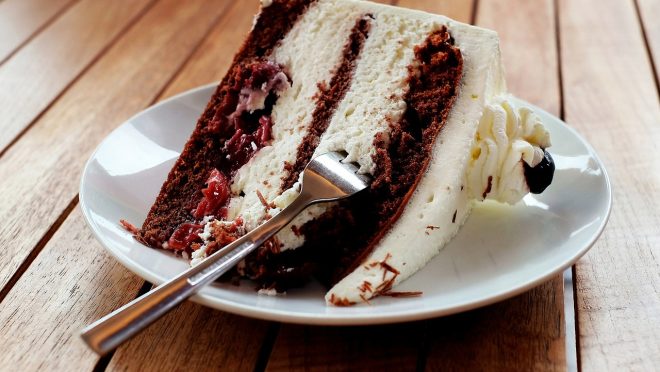Cake Day special: 11 slices of cake facts you probably haven’t heard before
Cake Day special: 11 slices of cake facts you probably haven’t heard before

Cakes may look simple with their familiar mix of flour, sugar, butter and eggs, but beneath their soft layers rests a long history shaped by invention, culture and even the occasional marketing trick. As 26 November is celebrated as Cake Day, it offers the perfect moment to look beyond the frosting and explore how much history and meaning this one dessert carries.
The origin of birthday cakes
In ancient Rome, sweetened cakes were prepared to celebrate men’s birthdays and certain civic events. Children’s birthdays had nothing to do with cakes until the idea spread through medieval Germany, where sugar and baking became more accessible. The shift reveals how childhood slowly gained symbolic value in European societies, influencing the way families celebrated.
Cheesecake in ancient Greece
Historical accounts suggest cheesecakes were made for athletes during the first Olympic Games, using fresh cheese, honey and wheat. They were regarded as an accessible source of energy rather than a lavish dessert. As the recipe travelled through Rome and medieval Europe, it transformed gradually, eventually becoming the rich, dense cake familiar today.
The Black Forest
The classic German dessert is named after Schwarzwälder Kirsch, a cherry brandy produced in the Black Forest region. The cherries, cream and chocolate reflect local ingredients and traditions rather than the forest landscape itself. The cake’s identity is tightly connected to this liqueur, which gives it its depth and distinctive aroma.
Carrot cake in wartime
During the rationing periods of the Second World War, sugar became scarce, prompting bakers to use carrots as a natural sweetener. The resulting cake was moist, inexpensive and surprisingly flavourful, allowing it to thrive even after rationing ended. Its later reputation as a healthy dessert is largely a modern, convenient reinterpretation.
The Red Velvet marketing stunt
The origin story of Red Velvet cake is a reminder of how industries have long shaped our tastes. In the early 20th century, the Adams Extract Company promoted a striking red cake to boost sales of its food colouring. Recipes were distributed through leaflets and stores, encouraging home cooks to recreate the vivid colour. Over time, the cake’s velvety texture and bright shade made it a cultural fixture, particularly in the American South.
The tallest cake record
Built in the United States, the cake stood at more than 33 metres, requiring technical planning that resembled an engineering project more than a kitchen task. Metal supports, scaffolding and custom structures kept it upright. While the cake was never meant for ordinary serving, it showed how far culinary ambition can go when spectacle becomes the main goal.
Fruitcake as a luxury
In medieval Europe, preserved fruits, nuts and exotic spices were expensive imports. So, a fruitcake filled with these ingredients symbolised wealth and celebration. Its dense composition also allowed it to be stored for long periods, often for special gatherings or weddings.
The Victorian sponge era
Queen Victoria enjoyed having sponge and jam cake for her afternoon tea, a social ritual that gained popularity during her reign. The cake’s airy structure became possible only after the introduction of chemical leavening agents in the nineteenth century. What seems like a simple treat today once represented modernity and royalty.
The science behind Angel food cake
Made without butter or oil, angel food cake relies on thoroughly whipped egg whites for its height and structure. This makes the process sensitive to humidity, mixing speed and even the cleanliness of the bowl. Its unusual texture marked a departure from traditional dense cakes and became a signature American dessert in an era that admired lightness.
Japan’s Strawberry Shortcake
After the Second World War, Japan embraced the strawberry shortcake as a symbol of modern prosperity. Fresh strawberries, whipped cream and refined sugar were once considered luxuries. The bright and gentle aesthetic of the cake suited the country’s post-war optimism, giving it a central place in holiday celebrations.
The rise of layered cakes
Layered cakes, now common everywhere, became possible only with improved ovens and metal pans in the nineteenth century. Before this, thin layers often burned due to uneven heat. Once bakers perfected the method, layered cakes became centrepieces of weddings, holidays and family gatherings, symbolising abundance and festivity.
Cakes trace a path through human history, shaped by necessity, invention, commerce, and culture. From ancient athletes to Victorian tea tables and modern holiday rituals, they carry stories far richer than their simple ingredients suggest.


